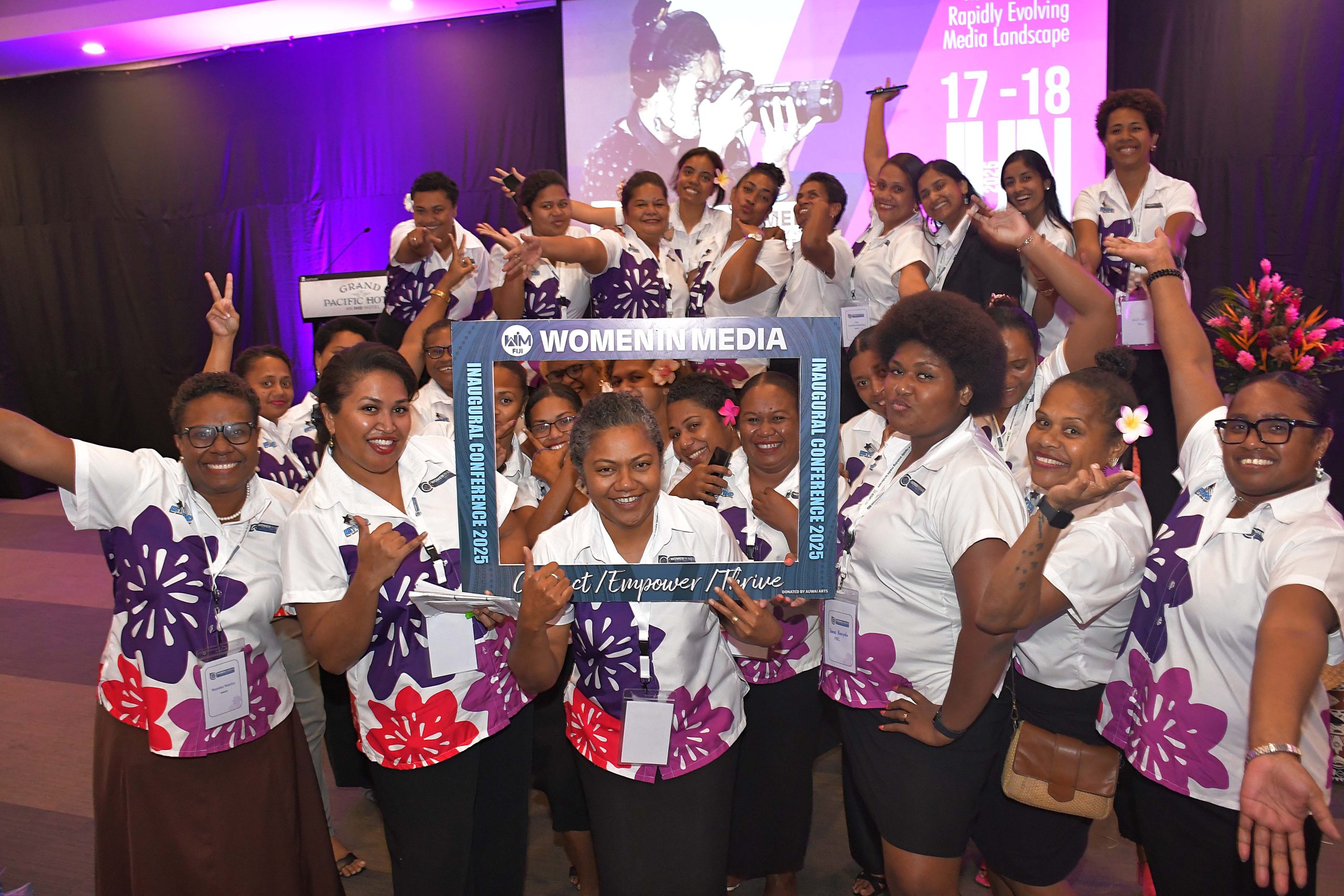Women from across the Pacific gathered in Suva yesterday for the 2025 Women in Media (WiM) Conference. The message was clear: gender equity in media is not a distant goal. It is an urgent, unfinished task.
The opening day of the event yesterday was a powerful convergence of voices, experiences, and ambitions.
But beneath the stories of resilience and leadership was a call for transformation.
Despite undeniable progress, we learn that women in the media still face deeply entrenched barriers, and they range from cultural, structural, to digital, and that limits their access to leadership and influence to a certain extent. Too often, newsroom environments fail to acknowledge or accommodate the lived realities of women, especially those balancing caregiving roles or navigating societies with strict gender expectations.
For instance, motherhood remains one of the most significant career crossroads for women in journalism. Not because women are any less capable, but because many newsroom systems are taking time to evolve. To a certain extent, HR frameworks hold back talented journalists who could and should be shaping national conversations.
Equality isn’t only about numbers. It’s about dismantling systems that hold women back.
Undoubtedly one of the most alarming barriers today is digital abuse. Women journalists are increasingly targeted with cyberbullying and gendered hate, not because of what they write, but because of who they are sometimes. These attacks aren’t just hurtful; they are designed to intimidate and silence. They take a serious toll on mental health, and without proper support, too many women are forced to walk away from the profession.
We say the solution cannot be piecemeal. It must be institutional and strategic. From counselling services and trauma-informed support to digital safety training and legal aid, we realise that newsrooms need to build a robust infrastructure of care and protection. The tools exist. What’s often lacking is the will.
That’s why this moment, and the WiM Conference, is so important. It’s a chance for newsrooms across the Pacific to take stock, to ask hard questions, and to commit to real change.
We realise a newsroom gender policy must be more than a box-ticking exercise.
Equity doesn’t happen by accident. We accept that it requires commitment, honesty, and the courage to challenge long-standing norms.
The stories we tell in the media shape our societies. But those stories start in our newsrooms. It begins by building media institutions where everyone, regardless of gender, has the freedom, support, and opportunity to lead.
Right now, with so much happening in our nation, this conference is set at the right time. It is an opportunity for journalists to re-evaluate their roles, their place in society, and in the mechanics of how our nation develops. It is an opportunity for our women journalists to be empowered to embrace their role in the greater scheme of things, and for newsroom leaders to appreciate their place in journalism. Holding power to account means having journalists who are assertive and motivated to ask the tough questions and go beyond the barriers! We can’t afford to wait another generation to get there.



